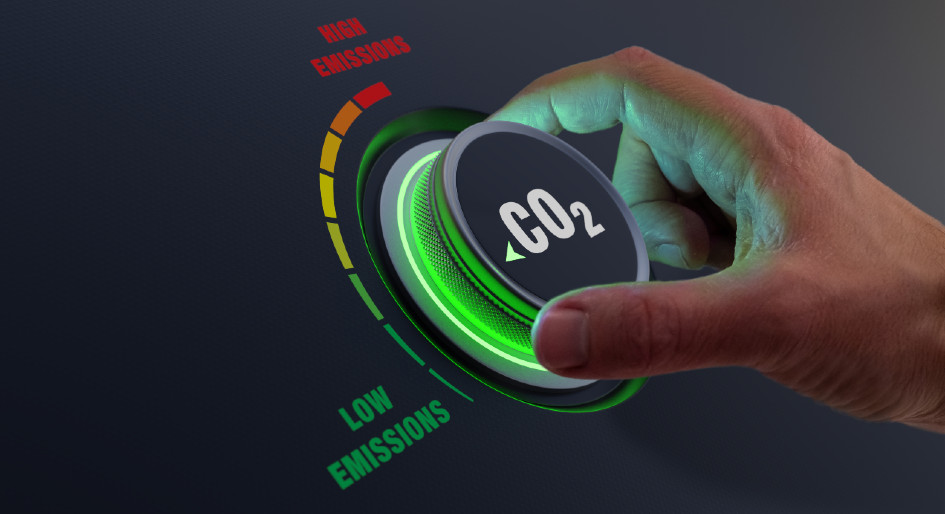Condo owners now have the opportunity to understand the embodied carbon impacts of capital replacement work at their buildings. Embodied carbon refers to the carbon emissions produced during the life cycle of a building material and can include: raw material extraction, manufacturing, transport, installation, and end of life recycling/disposal. Think of it as the carbon that is baked into a product such as a window, rather than the operational carbon used to keep the heat and lights on.
A significant proportion of embodied carbon can be found in a building’s initial construction so it is important for buildings to be long-lasting to maximize the investment already made.
Why does it matter?
The built environment contributes a staggering 40 per cent to global CO2 emissions annually. Out of this, building operations account for 27 per cent, with embodied carbon following closely at 13 per cent and rising. For newer high-performance buildings, the embodied carbon can be as much as 4 times greater than the operational carbon.
While the operational emissions from building power usage have been the focal point for years (think lighting and HVAC retrofits), the industry is shifting focus toward the often-neglected contributor of embodied carbon.
The reason for this shift in attention is twofold. Firstly, as fuel is switched to cleaner energy sources, the relative contribution of embodied carbon to the total carbon footprint increases. Secondly, the immediacy of the emissions from building materials—released during extraction, production, and construction phases—means that they have an immediate impact on our environment (the impact is more front loaded).
Informed decisions
The costs of replacing major components of a condominium are neatly laid out in the reserve fund study report. But what are the associated carbon impacts of that work? And are there options that would be more or less beneficial to the environment?
The largest proportions of embodied carbon are typically found in the structural and building envelope components, through the production of materials such as concrete, steel and aluminum. For many corporations, these are also the two largest areas of expense in the reserve fund study (think roofing and window replacements, and garage and balcony repairs).
Strategies for carbon-conscious construction
Condo corporations can play a pivotal role in determining a project’s carbon footprint by setting goals and choosing sustainable materials and methods. Here’s what can be done according to industry experts:
- Designing for extended building lifespans and future adaptability;
- Using lower carbon products and materials; and
- Implementing innovative construction techniques to reduce carbon intensity.
A word of caution
Refrain from choosing products solely because they appear to have low embodied carbon. For example, putting wood windows in a 30-storey tower rather than more common aluminum windows could reduce the embodied carbon of the replacement work by two times, but if those windows only last 20 years rather than 40 years, you are actually using more carbon. And if the wood windows cost more or require more maintenance, the corporation may fall into a weaker financial position in the long run.
Even if reducing carbon is a primary goal for owners, it is essential to consider all aspects of the work and to consider them over the life of the building or element. These include: cost, performance level and durability, maintenance requirements, and carbon impact.
Resources are now available for savvy owners to understand the carbon impacts of different design choices when completing building envelope capital replacement projects or upgrades. This can be another tool to support smart decisions for those looking at the long-term.
Jack Albert, P.Eng., is a Principal with RJC Engineers. Jack is a member of the Ontario Building Envelope Council, IIBEC, and is a LEED Accredited Professional. Over the past two decades, Jack has completed many projects involving building envelope repairs as well as studies and audits.






